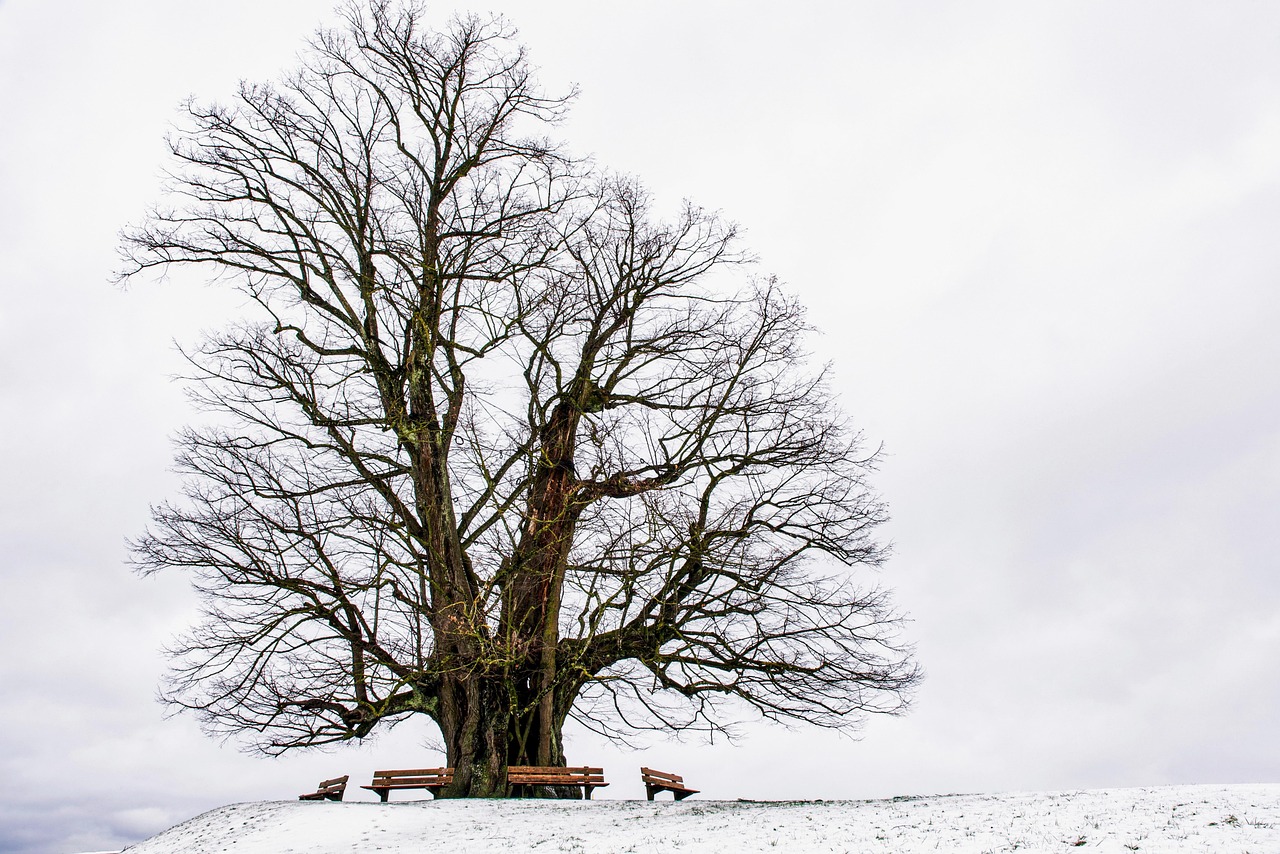Xylosma trees grow at a moderate rate, typically reaching heights of 10 to 15 feet within 5 to 10 years under optimal conditions. They thrive in well-drained soil and full sun to partial shade, making them suitable for dense evergreen hedges. Regular pruning encourages bushier growth, enhancing their effectiveness as a privacy screen or windbreak.
Xylosma trees, known for their dense foliage, typically exhibit a moderate growth rate of about 12 to 24 inches per year when properly cared for. They thrive in warm climates and can develop into robust evergreen hedges over time.
Understanding Xylosma Trees
Xylosma is a genus of evergreen trees and shrubs, often used in landscaping for their attractive foliage and ability to create dense hedges. These trees are native to various regions, including tropical and subtropical areas. Their adaptability to different soil types and climates makes them a popular choice among gardeners and landscapers alike.

The most commonly used species for hedges is Xylosma congestum. This species is favored for its lush, dark green leaves and its resilience in various environmental conditions. When planted as a hedge, Xylosma can provide excellent privacy and wind protection.
Growth Characteristics
The growth rate of Xylosma trees can vary based on several factors, including soil quality, water availability, and sunlight exposure. On average, these trees can grow between 1 to 2 feet each year. The following factors significantly influence their growth:
- Soil Quality: Well-drained soil rich in organic matter promotes healthy growth.
- Watering: Regular watering is essential, especially during dry periods, but overwatering can harm the roots.
- Sunlight: Xylosma trees thrive in full sun to partial shade, with full sun encouraging faster growth.
Ideal Conditions for Dense Hedges
To achieve a dense evergreen hedge with Xylosma, it is important to consider planting techniques and maintenance practices. Here are some key points to ensure optimal growth:

- Spacing: When planting, space the trees 3 to 5 feet apart to allow for adequate air circulation and light penetration.
- Pruning: Regular pruning helps shape the hedge and encourages bushier growth. It is recommended to prune in early spring before new growth begins.
- Fertilization: Use a balanced fertilizer during the growing season to enhance growth and health.
Growth Rate Comparison
Understanding the growth rate of Xylosma compared to other common hedge plants can help gardeners make informed decisions. The following table outlines the average growth rates of several popular hedging plants:
| Plant Species | Average Growth Rate (inches/year) | Ideal Sunlight | Soil Preference |
|---|---|---|---|
| Xylosma congestum | 12-24 | Full sun to partial shade | Well-drained, rich in organic matter |
| Boxwood | 6-12 | Full sun to partial shade | Well-drained, adaptable |
| Ligustrum (Privet) | 24-36 | Full sun | Well-drained, tolerant of poor soils |
| Holly (Ilex) | 12-24 | Full sun to partial shade | Well-drained, acidic soils preferred |
This comparison illustrates that while Xylosma has a moderate growth rate, it is competitive with other popular hedge plants. Its adaptability and aesthetic appeal make it a favored choice for landscape design.
By providing the right conditions and care, Xylosma can flourish as a dense evergreen hedge, enhancing both privacy and beauty in outdoor spaces. Understanding its growth patterns and requirements will lead to successful gardening outcomes.

Planting Xylosma for Optimal Growth
Successfully establishing Xylosma trees for dense hedging requires careful planning and execution. The planting process plays a crucial role in how well the trees will grow and how quickly they will develop into a lush, green barrier. This section discusses essential steps and considerations when planting Xylosma trees.
Choosing the Right Location
The location for planting Xylosma is vital for its growth. Here are some factors to consider:
- Sunlight Exposure: Select a site that receives at least six hours of sunlight daily. Full sun conditions promote faster growth.
- Drainage: Ensure the area has good drainage to prevent waterlogging, which can damage roots. Avoid low-lying areas where water may collect.
- Protection from Wind: If possible, choose a sheltered spot where the young trees can be protected from strong winds that may damage them.
Soil Preparation
Preparing the soil is an essential step that significantly impacts growth rates. Follow these guidelines:

- Soil Testing: Conduct a soil test to determine pH and nutrient levels. Xylosma prefers slightly acidic to neutral pH (around 6.0 to 7.0).
- Amending Soil: If necessary, amend the soil with organic matter such as compost or well-rotted manure to enhance fertility and drainage.
- Tilling the Soil: Loosen the soil to a depth of about 12 inches to encourage root penetration and improve aeration.
Planting Techniques
The technique used when planting Xylosma can influence its growth rate. Here’s a step-by-step approach:
- Digging the Hole: Dig a hole that is twice as wide and as deep as the root ball of the tree. This allows enough space for roots to spread.
- Planting: Place the tree in the center of the hole. Ensure that the top of the root ball is level with the surrounding soil surface.
- Backfilling: Fill in the hole with soil, gently tamping it down to remove air pockets. Water thoroughly after planting.
- Mulching: Apply a layer of mulch around the base of the plant, keeping it several inches away from the trunk. Mulch helps retain moisture and suppress weeds.
Watering and Maintenance
After planting, proper watering and maintenance are essential for healthy growth. Follow these tips:
- Initial Watering: Water the newly planted trees deeply to establish roots. This initial watering should be done immediately after planting.
- Regular Watering Schedule: During the first growing season, water the trees weekly or more often during dry spells. Once established, they are more drought-tolerant.
- Pest and Disease Monitoring: Regularly check for signs of pests or diseases. Common issues include aphids or fungal infections. Early intervention can prevent serious damage.
Nutritional Needs
Xylosma trees benefit from consistent nutritional support for optimal growth. Here’s how to provide it:
- Fertilization Schedule: Apply a balanced fertilizer in early spring before new growth starts. Follow the manufacturer’s instructions for application rates.
- Organic Options: Consider using organic fertilizers like fish emulsion or compost tea, which can provide nutrients without chemical additives.
- Seasonal Adjustments: Monitor plant health throughout the year and adjust fertilization schedules based on growth patterns and environmental conditions.
Pest and Disease Management
Maintaining healthy Xylosma trees requires vigilance against pests and diseases. Familiarize yourself with common issues:
| Pest/Disease | Description | Treatment |
|---|---|---|
| Aphids | Small, sap-sucking insects that can cause leaf curling and yellowing. | Insecticidal soap or neem oil can effectively control aphid populations. |
| Leaf Spot | A fungal disease that results in dark spots on leaves. | Remove infected leaves and apply a fungicide as needed. |
| Root Rot | A condition caused by overly wet conditions leading to root decay. | Avoid overwatering; improve drainage if necessary. |
By following these guidelines for planting, watering, maintenance, and pest management, Xylosma trees can thrive, resulting in dense evergreen hedges that enhance your landscape while providing privacy and beauty.
Seasonal Care for Xylosma Trees
Understanding the seasonal needs of Xylosma trees is essential for maintaining their health and promoting vigorous growth. Each season presents unique challenges and opportunities for care. This section outlines the necessary actions to take throughout the year to ensure optimal growth and health.
Spring Care
Spring is a critical time for Xylosma trees as they emerge from dormancy and begin their active growth phase. Here are some key practices for spring care:
- Fertilization: Apply a balanced fertilizer in early spring to provide essential nutrients as the trees start to grow.
- Pruning: Prune any dead or damaged branches to encourage new growth and maintain the desired shape of the hedge.
- Watering: As temperatures rise, monitor soil moisture levels and water regularly, ensuring the soil remains consistently moist but not soggy.
Summer Care
The summer months can be hot and dry, requiring additional attention to Xylosma trees. Important care tips include:
- Consistent Watering: Water deeply once a week to promote deep root growth. Adjust frequency based on rainfall.
- Mulching: Maintain a layer of mulch around the base of the trees to retain soil moisture and suppress weeds.
- Pest Monitoring: Regularly inspect for pests such as aphids or spider mites. Early detection allows for quicker treatment.
Fall Care
As temperatures cool, fall care is crucial to prepare Xylosma trees for winter. Follow these guidelines:
- Last Fertilization: Apply a slow-release fertilizer in early fall to help the trees store nutrients for the winter.
- Pruning Maintenance: Conduct light pruning if needed, but avoid heavy cutting that could expose the trees to winter damage.
- Watering Adjustments: Reduce watering frequency as temperatures drop, but ensure the trees receive adequate moisture before winter dormancy.
Winter Care
Winter care is vital for protecting Xylosma trees from harsh conditions. Consider these practices:
- Protection from Cold: In areas with severe winters, consider wrapping young trees with burlap or using frost cloth to protect them from freezing temperatures.
- Irrigation Management: If the winter is dry, provide occasional watering during warm spells to prevent desiccation.
- Pest Control: Winter is a good time to check for any lingering pests on branches and apply dormant oil if necessary.
Xylosma Tree Challenges and Solutions
Cultivating Xylosma trees comes with its set of challenges. Being aware of potential problems can help you proactively address them. Here are some common challenges along with their solutions:
| Challenge | Description | Solution |
|---|---|---|
| Poor Growth | Trees may exhibit stunted growth due to inadequate nutrients or water. | Ensure proper fertilization and consistent watering practices. |
| Leaf Discoloration | Yellowing leaves may indicate nutrient deficiencies or overwatering. | Test soil and adjust watering habits; consider adding organic fertilizers. |
| Overcrowding | Too many trees planted too close may lead to competition for resources. | Thin out plants as necessary to improve air circulation and sunlight exposure. |
By being proactive in addressing these common challenges, gardeners can ensure that their Xylosma trees remain healthy and continue to grow at an optimal rate. Understanding the seasonal needs and potential issues will contribute significantly to establishing a thriving hedge.
Long-Term Care for Xylosma Hedges
Once established, Xylosma trees require ongoing care to maintain their health and ensure they continue to thrive as dense evergreen hedges. Long-term care involves a combination of regular maintenance tasks and monitoring for any changes in the trees’ environment.
Regular Maintenance Tasks
To keep Xylosma trees healthy, it’s essential to perform the following maintenance tasks periodically:
- Annual Pruning: Prune the hedges at least once a year to encourage bushy growth and maintain the desired shape. This should typically occur in early spring before new growth begins.
- Mulching: Reapply mulch each year to retain moisture, suppress weeds, and provide nutrients as it decomposes. A 2 to 3-inch layer is ideal.
- Fertilization: Continue to apply a balanced fertilizer annually in the spring. Monitor soil health and adjust fertilization based on plant performance and soil tests.
Monitoring Environmental Changes
As Xylosma trees grow, changes in their environment may affect their health. Be observant and take action if you notice:
- Changes in Light Exposure: As surrounding plants grow, they may block sunlight. If this occurs, consider trimming nearby foliage or relocating the hedge if feasible.
- Soil Compaction: Heavy foot traffic or machinery can compact the soil around the roots. Aeration may be necessary to improve drainage and root access to nutrients.
- Pest Populations: Monitor for increasing pest populations. If pests are observed, take preventive measures before they become a significant problem.
Environmental Benefits of Xylosma Hedges
Xylosma trees not only provide aesthetic value but also offer numerous environmental benefits. Here are some key advantages of incorporating Xylosma hedges into your landscape:
- Improved Air Quality: Like other plants, Xylosma trees help filter pollutants from the air, contributing to improved air quality in urban and suburban environments.
- Wildlife Habitat: Dense hedges serve as habitats for birds and other wildlife, providing shelter and food sources.
- Erosion Control: The root systems of Xylosma trees help stabilize soil and prevent erosion, especially on slopes or areas prone to runoff.
Conclusion
Xylosma trees are an excellent choice for creating dense evergreen hedges that provide privacy, beauty, and environmental benefits. Understanding their growth rate, ideal conditions, and maintenance needs is essential for successful cultivation. By providing proper care throughout the seasons and addressing any challenges that arise, gardeners can ensure that their Xylosma trees flourish.
The moderate growth rate of Xylosma, combined with its resilience and adaptability, makes it a popular choice among landscapers and homeowners. With the right planning and ongoing attention, these trees can transform any outdoor space into a vibrant, lush retreat.
In summary, whether you are a seasoned gardener or a newcomer, Xylosma offers an accessible way to enhance your landscape while contributing positively to the environment. Embrace the rewards of nurturing these remarkable trees for years to come.
